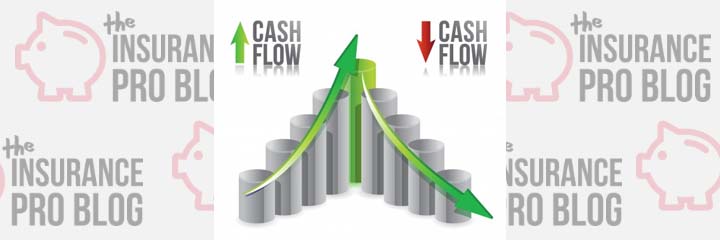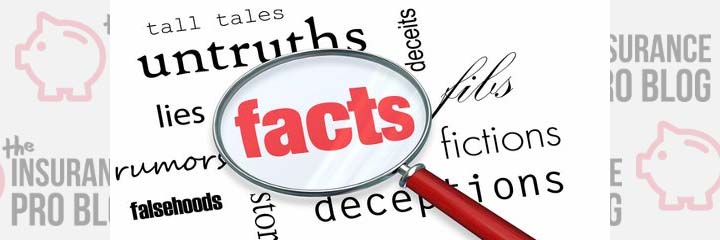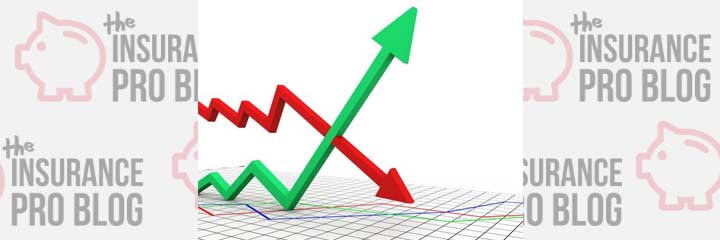Whole Life Insurance Five Year Investment Income Trend
Investment income is a huge profit driver for life insurance companies. We’ve spent a lot of time analyzing and reporting on overall investment yield trends for life insurance companies, but that analysis only compares the raw yield insurers achieve on their managed asset pool. It’s possible that a declining yield simple indicates a de-risking strategy. …









